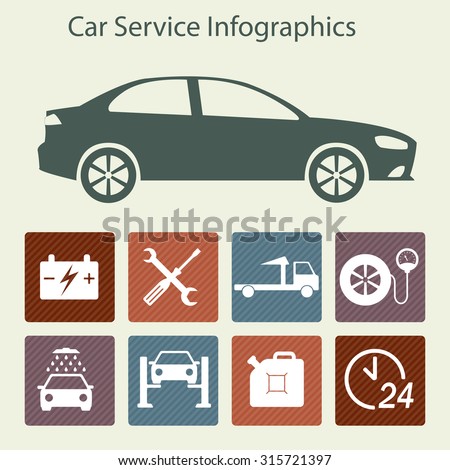The Essential Need For Ongoing Tire Maintenance: How To Properly Examine And Turn Your Tires
The Essential Need For Ongoing Tire Maintenance: How To Properly Examine And Turn Your Tires
Blog Article
Short Article Composed By-Termansen Kane
Ensuring your tires remain in top condition is more than simply a routine task-- it's a safety vital for each trip you start. From preserving appropriate air pressure to inspecting for wear and tear, the health of your tires directly influences your car's efficiency and your wellness when traveling. But what are the vital steps to take to maintain your tires in prime shape? Allow's discover the crucial facets of tire upkeep that you should not forget.
Perks of Regular Tire Maintenance
Regular tire upkeep supplies a series of advantages that can enhance your driving experience and ensure your safety when traveling. By keeping your tires effectively inflated, you boost gas effectiveness, conserving you cash at the pump.
Well-kept tires additionally offer far better traction, decreasing the threat of mishaps, specifically during severe weather condition. Effectively aligned and well balanced tires cause a smoother experience, lessening vibrations and improving total automobile handling.
Routinely rotating your tires promotes even step wear, prolonging their lifespan and saving you from early replacements. In addition, keeping the appropriate tire pressure can stop blowouts and apartments, minimizing the chances of unexpected failures when traveling.
Tire Examination Standards
When evaluating your tires, it's critical to pay attention to various key elements to ensure they're in optimum condition for secure driving. Start by inspecting the tire stress using a stress gauge to ensure it matches the maker's advised level.
Check the step deepness by placing a penny inverted into the tread grooves; if you can see every one of Lincoln's head, it's time for new tires. Look for any signs of uneven wear, which may suggest positioning issues or improper rising cost of living.
Look for cuts, bulges, or fractures on the tire sidewalls, as these can lead to blowouts. Furthermore, analyze https://www.informnny.com/news/spend-less-at-the-pump-with-these-fuel-saving-tips/ for damage or leakages. Keep in mind to check all four tires, consisting of the spare if suitable.
Appropriate Tire Turning Techniques
To make certain even put on and prolong the life-span of your tires, it's essential to adhere to proper tire rotation techniques. check this link right here now turning aids distribute use uniformly across all 4 tires, promoting longer walk life and improving general efficiency. Beginning by examining visit this web-site for the suggested turning pattern. Commonly, front-wheel-drive, rear-wheel-drive, and all-wheel-drive automobiles have various turning patterns to represent differing wear patterns.
For most cars, the recommended tire rotation interval is every 6,000 to 8,000 miles, however this might differ, so it's critical to consult your manual.
When turning your tires, exchange the front tires with the back tires, moving the left back tire to the left front position and vice versa. Remember to additionally go across the rear tires to the opposite sides when relocating them to the front. This straightforward yet efficient turning method aids guarantee that all tires put on uniformly, optimizing their life expectancy and keeping optimum efficiency.
Conclusion
Ensure to prioritize regular tire maintenance to keep your automobile running smoothly and securely. By following straightforward inspection standards and correct turning techniques, you can expand the life-span of your tires, boost gas effectiveness, and boost total performance when driving. Do not neglect the value of caring for your tires - it's a little effort that can make a large distinction in your driving experience.
